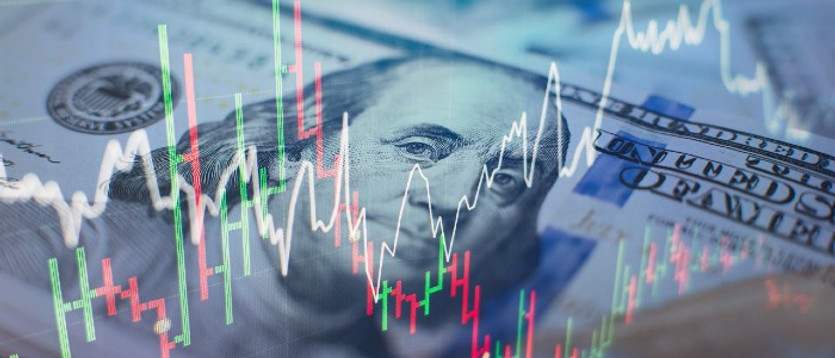As reported last week by the US Bureau of Economic Analysis, a preliminary estimate indicated a decline in GDP in the 1st quarter (-1.4% against the forecast for growth of +1.1% and after growth in the 4th quarter of 2021 by +6.9%).
GDP data is one of the key data (along with labor market and inflation data) for the Fed in terms of its monetary policy, and the weaker estimate is likely to alert market participants to the Fed's determination to pursue a tighter monetary policy.
At the same time, the Fed's preferred price index for personal consumption expenditures and the GDP price index (for the 1st quarter) came out with an increase in indicators, moreover, above the forecast: +7% and +8%, respectively, against +6.4% and +7.1% in the previous quarter. The data once again indicate that the Fed is in a difficult situation - to cope with accelerating inflation, without harming, at the same time, the economic recovery.
The data point to the first contraction in US GDP since the start of the pandemic, while inflation accelerated to its highest level in 40 years.
The dollar fell after the publication of data on US GDP. Investors also fixed long positions on it at the end of the week and month. Nevertheless, economists believe that the dollar has the potential for further significant strengthening, and the DXY dollar index is room for growth.
At the time of writing this article, the DXY was near 103.35, back up again after falling last Friday (DXY reached a new 2-year high of 103.94 last week). Most likely, DXY may soon exceed the level of 104.00 and continue to grow. The increasing divergence of the curves reflecting the direction of the monetary policies of the Fed and other major world central banks will continue to encourage purchases of the rising dollar, especially by investors who prefer, albeit low, but stable long-term income.
And today, market participants will analyze the ISM report with data on manufacturing inflation, employment and business activity in this sector of the American economy. According to the forecast, PMI is expected to rise to 58.0 in April (against 57.1 in March). Data above 50 indicates an acceleration of activity, which has a positive effect on dollar quotes. If other articles of the ISM report also turn out to be positive, then the dollar is likely to strengthen and continue to grow. Otherwise, and if the indicator falls below the forecast, the dollar may sharply weaken in the short term.





